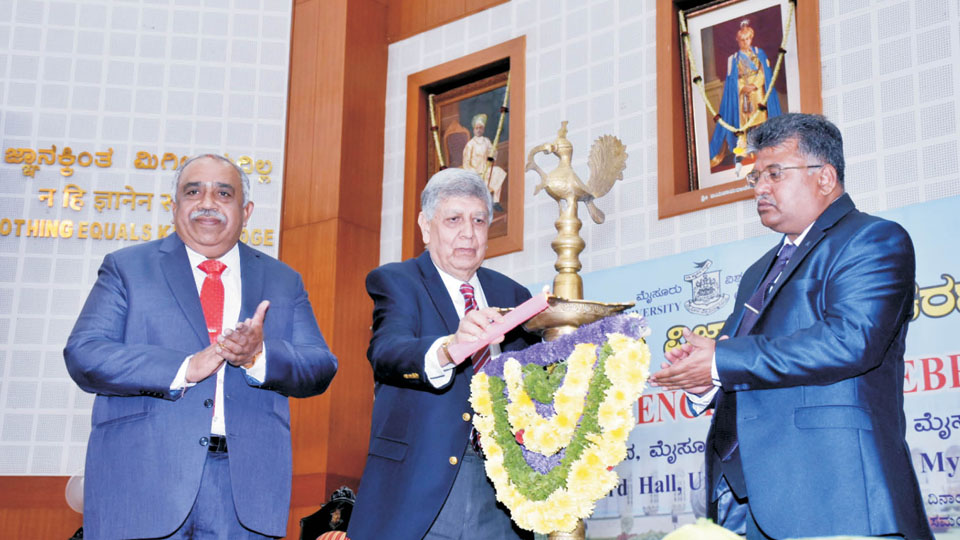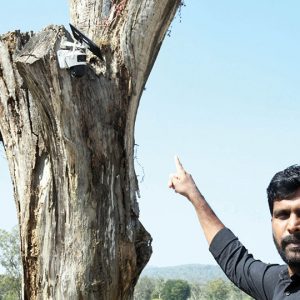Mysore/Mysuru: University of Mysore (UoM) organised a programme to mark ‘National Science Day’ at Crawford Hall this morning.
The theme for National Science Day 2022 is ‘Integrated approach in science and technology for sustainable future’, highlighting a fold integrated approach for science and technology for a sustainable future.
Prof. Ashok Mishra, National Academy of Sciences (NASI) Platinum Jubilee Chair Distinguished Professor, Indian Institute of Science (IISc.), Bengaluru delivered a special lecture on ‘Research, Creativity, Innovation and Beyond.’
Mishra stressed that science forms the basis for the development of all technological and economic growth. Advancing nations have to be strong in science and there is no shortcut.
“We need to put greater emphasis on quality science education at the secondary level. We have over 50 lakh students from science backgrounds at the second PUC. Therefore, huge opportunities await to make an impact to enhance the level of Research in Science and Technology at Higher Education institutions system,” he said.
These institutions should provide ample opportunities to encourage the generation of new ideas at all levels of education, he opined.
In his presidential remarks, UoM Vice-Chancellor Prof. G. Hemantha Kumar said that people celebrate this day by arranging events, science fairs, quiz competitions, science model exhibitions and speech competitions. The significance of observing this day is to spread a message about the importance of science among youth and tell them how science is used in our daily lives. It is also observed to display activities, efforts and achievements in the field of science and discuss development in the field of science, he added.
Over decades, India has had many scientists whom citizens look up to as role models. These scientists, with their discoveries, have made India a renowned nation. Sir Chandrasekhara Venkata Raman, also known as Sir C.V. Raman, is one such prominent figure in science and technology. The National Science Day marks the discovery of the Raman Effect, in 1928, he added.








Recent Comments